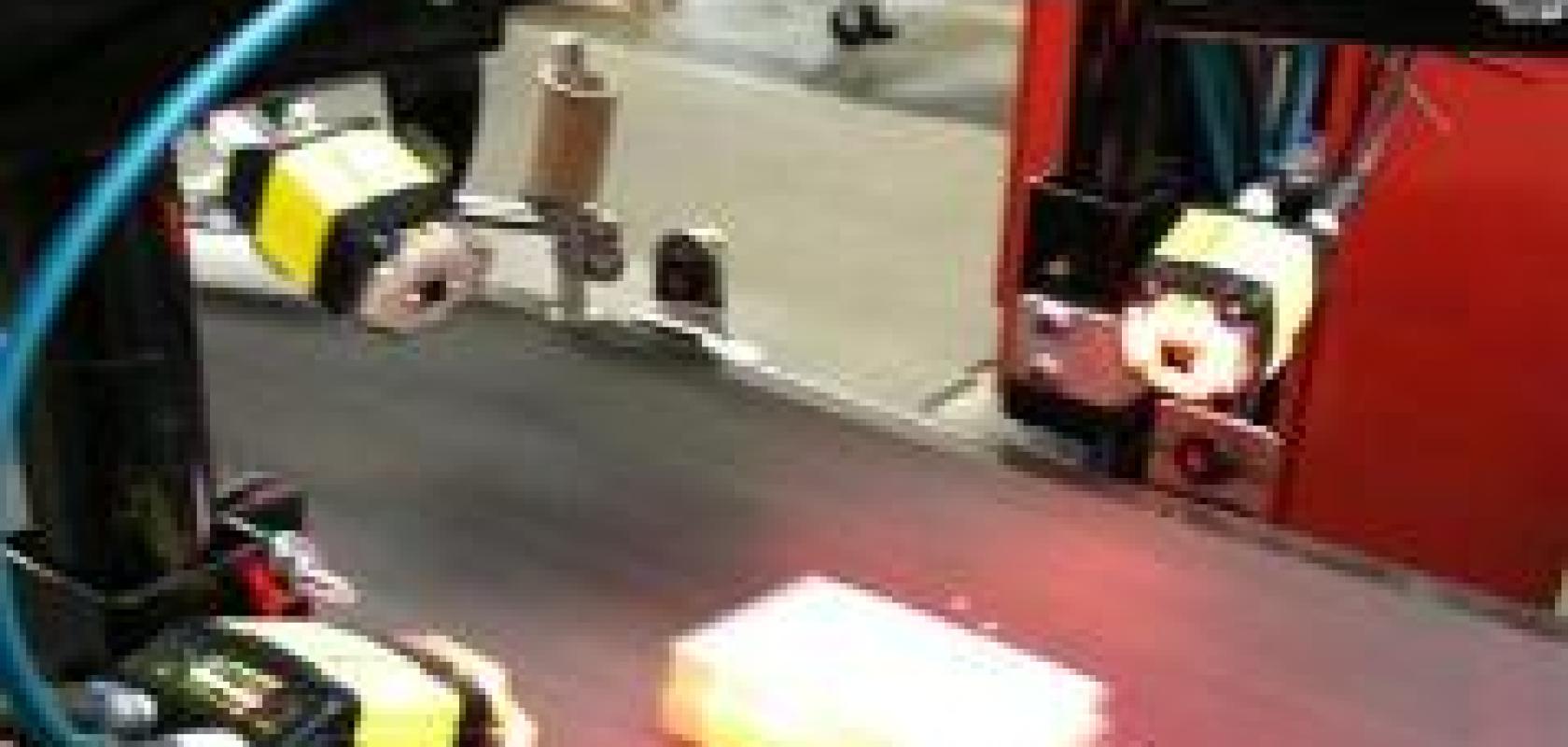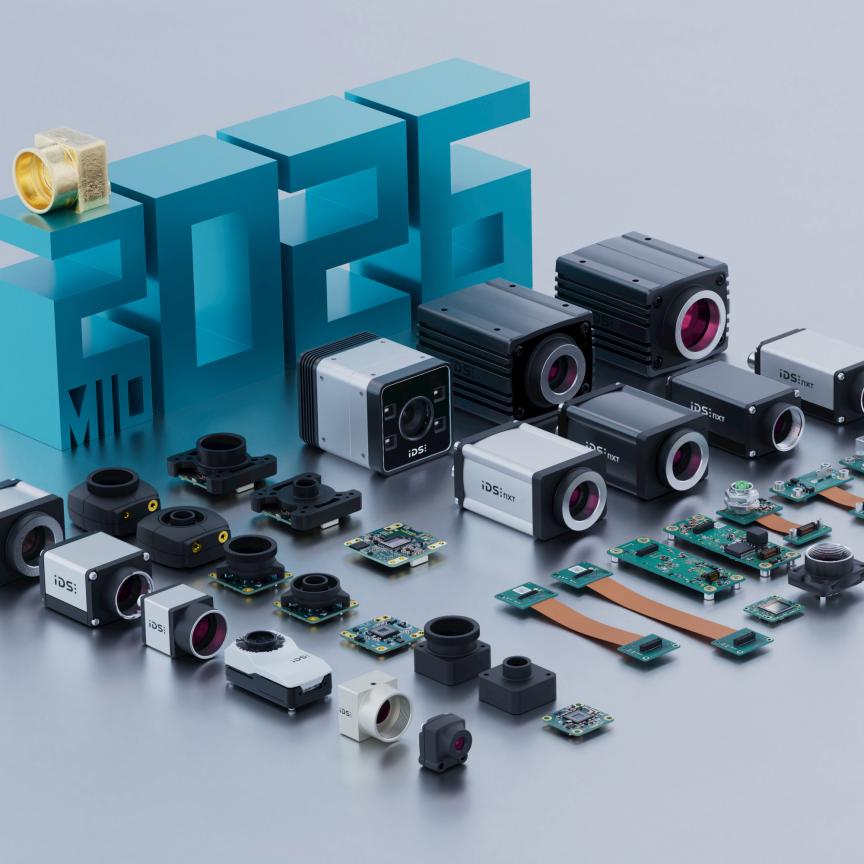A major direct sales jewellery company has improved automated handling of jewellery boxes at its warehouse by integrating vision onto the packing conveyor lines. By using vision-based ID readers, read rates of barcodes on jewellery boxes have been increased to more than 99.9 per cent, which has saved 75 hours per week in read failure handling.
A 1D barcode on each box is read by ID readers located above the conveyor and based on this identification each box is diverted to the correct packing station. However, poor quality barcodes on the boxes meant that the laser scanners previously installed were only able to read 96.5 per cent of the barcodes, requiring two fulltime people to handle the read failures.
The new code reading solution, developed by Cornerstone Automation, is based on the DataMan 302L vision-based reader from Cognex.
Jewellery boxes travel down each line at a rate of about one per second. After the codes are read, a labelling machine prints a larger 3 x 3 inch label and applies it to the bottom of the box. This larger label is read easily by the laser scanners used to control the diverter machines that direct the boxes to the correct packing station.
The laser scanners used in the past were able to read the vast majority of barcodes but the approximately 3.5 per cent of codes that they were not capable of reading constituted more than 2,000 boxes over a typical day. These codes needed to be manually read and a label printed and applied by hand to each box.
The basic idea behind image-based technology is that the reader captures an image and uses a series of algorithms to process the image to make it easier to read. A typical algorithm searches the entire image for the code and identifies the position and orientation of the code for easy reading. Other algorithms handle degradations in code quality due to differences in material types and surfaces. Image-based ID readers can also read two-dimensional codes like Data Matrix that hold a much larger volume of data, providing redundancy that can enable the code to be read even when it is damaged.
‘We brought Cognex in and asked if they could help with the read failures,’ said Michael Doke, partner with Cornerstone Automation. ‘Cognex asked us to collect all of the barcodes that the laser scanners could not read in a day. Cognex brought one of their vision-based scanners in and set it up and it read every single one of those barcodes.’
Cognex recommended the DataMan 302L fixed-mount barcode reader for this application. The DataMan 302L has a resolution of 1,280 x 1,024 pixels and liquid lens variable autofocus technology that is ideal for applications that require a large depth of field. The liquid lens uses two iso-density liquids: oil as an insulator and water as a conductor. Varying the voltage across the liquid-liquid interface leads to a change of curvature, which in turn changes the focal length of the installed optical lens. The liquid lens keeps the code in focus even when the distance from the camera to the code is changing.
Hotbars technology in the software used in Cognex DataMan 300 series ID readers speeds up decoding of the image signal. It improves the signal quality and increases the speed of signal acquisition. Due to the increase in speed the software has more time available for decoding, which in turn enables DataMan to read barcodes that are incredibly damaged at fast speeds without requiring special hardware technology.
Four Cognex 302L ID readers were set up in four different directions at a distance of 12 to 16 inches from the box at a 20 degree angle to the conveyor belt. The four ID readers were configured using group triggering so that all four readers acquire an image simultaneously and then combine their individual read results to form a composite result.
The improvement in read rates has made it possible for the two people previously assigned to manually read the labels to be moved to more productive tasks. Through the use of vision, the jewellery direct seller significantly reduced its distribution costs.


